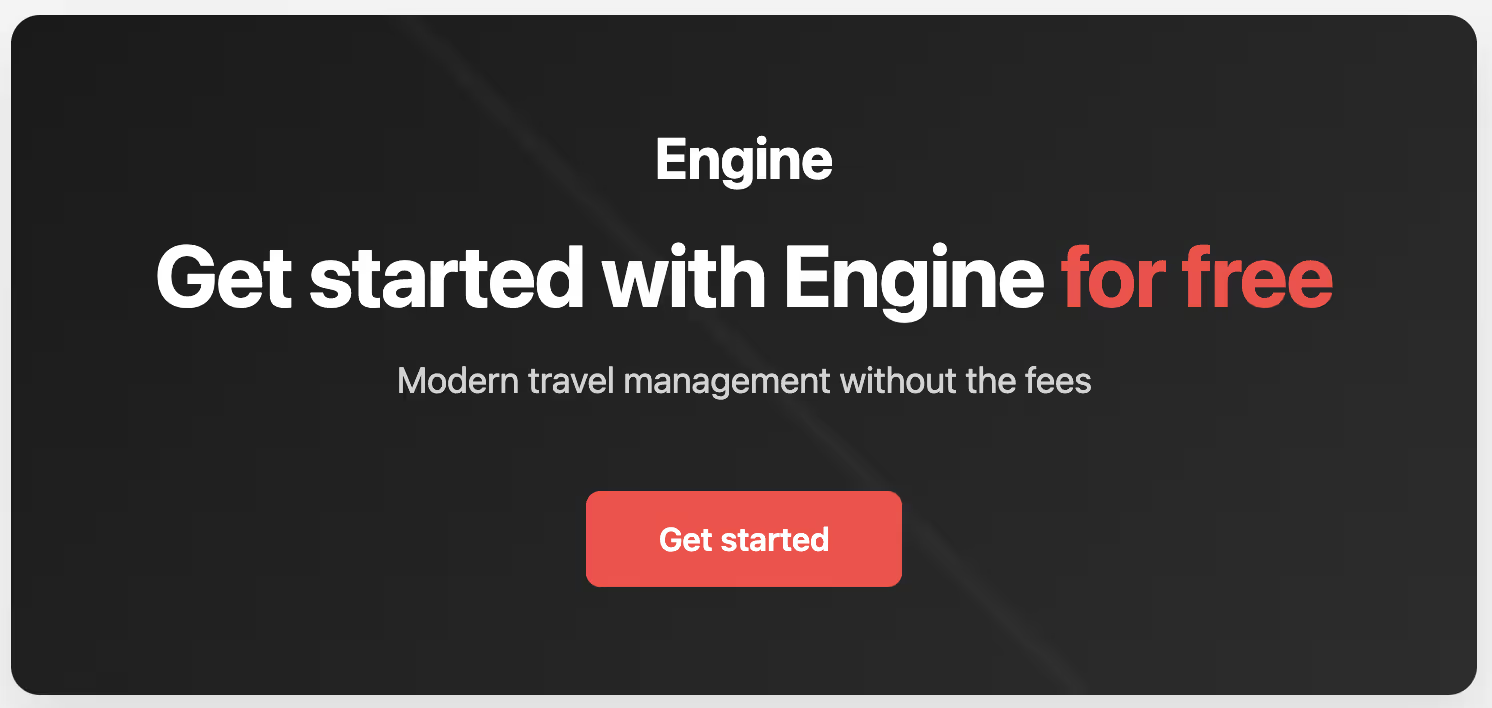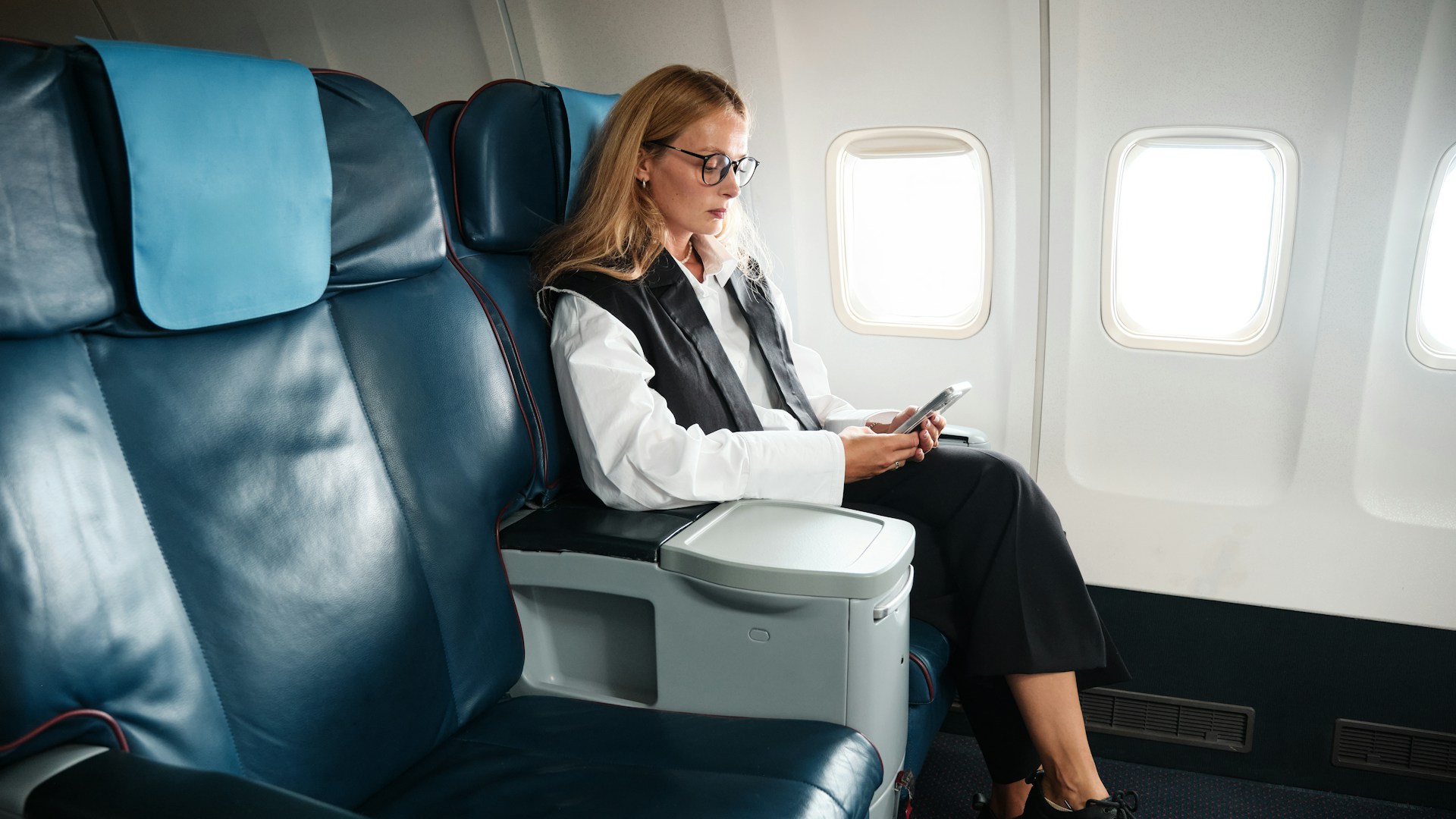How Logistics Companies Get Real-Time Travel Spend Visibility Across Warehouses

You manage drivers across several distribution centers. Your warehouse crews and field technicians book rooms along delivery routes, near terminals, and at client sites. Finance asks where the money went. You spend three days chasing receipts.
When drivers use their own cards, costs tied to specific routes disappear. You can't separate freight from room expenses. Billing the client requires digging through spreadsheets. DOT compliance documentation is stuck in someone's email.
Real-time spend visibility means seeing exactly what each driver, lane, or warehouse costs before the invoices hit. You tag every booking with route codes, track spending by customer account, and export clean data that your accounting team wants.
Here's how logistics companies get that visibility: set up instant tracking, enforce spending limits by lane, and kill the manual reconciliation mess.
Why You Can't Track Lane-Level Costs
Booking and tracking happen in separate places. You're flying blind on lane profitability.
Logistics creates unique visibility challenges. Drivers book independently along unpredictable routes. DOT rules demand detailed location paperwork. Razor-thin margins mean every lost dollar impacts profit. Client contracts require precise billing. Freight and accommodations must be separate for accurate invoicing.
You can't prove delivery costs when negotiating rates. Finance manually sorts hundreds of receipts. Lane profitability is a guess. Audits force you to rebuild driver locations from old emails, risking fines. You get billing disputes because you can't itemize costs.
Combined Transport Improved Visibility and Saves Thousands
Are you comparing total costs, or are you separating the room charges from the fuel? Without real-time tracking, you can't figure out which lanes make money.
Combined Transport was losing over $111,000 on driver accommodations before switching to Engine. Their finance team had no visibility into which lanes were profitable because accommodation costs were scattered across dozens of individual receipts.
With consolidated invoicing and lane-code tagging through Custom Fields, they can now track spending by route and identified their highest-cost locations. The result: $111,000+ saved on hotel rooms plus improved employee retention from eliminating out-of-pocket reimbursements.
Tag Every Booking With Lane Codes and Customer Accounts
Automated tagging at checkout kills manual categorization. Your accounting system gets pre-coded transactions the second the driver hits confirm.
Preset Tags Appear At Checkout
With Engine, you can set up custom fields that drivers must complete. When you make these fields mandatory, drivers can't hit 'confirm' without filling them.
Your driver books near Memphis for Target delivery. They select "Lane 47," "Target Account," and "Memphis Warehouse" from dropdowns. This appears on the invoice and in QuickBooks automatically.
Month-End Figures Are Easier to Reconcile
Finance exports Chicago warehouse expenses in one click. You see Target account costs, compare driver spending across lanes, and pull DOT documentation instantly. You bill customers with itemized costs.
Because drivers can't complete bookings without filling required fields, there are no "I'll add that later" receipts. The data flows directly to invoices and accounting exports. Customer account connects costs to the right billing. Cost center shows which warehouse drives the expense. PO number links the delivery to the booking. Driver ID tags who traveled.
Combined Transport Tags Every Booking by Lane
Combined Transport was losing over $111,000 annually because accommodation costs were scattered across dozens of individual hotel receipts. Finance had no way to see which lanes were profitable.
After implementing Custom Fields for lane-code tagging, every booking automatically captures the route information. Now they track spending by lane, identified their highest-cost locations, and Finance gets one consolidated invoice instead of hunting through hundreds of receipts.
Your driver books near Memphis for Target delivery. They select "Lane 47," "Target Account," and "Memphis Warehouse" from dropdowns. This appears on the invoice and in QuickBooks automatically.
Set Spending Limits by Location, Lane, and Driver
Controls enforce budgets before money leaves. Prevention beats detection every time.
Why Generic Spending Caps Don't Work for Logistics
Logistics companies need controls that match reality. Per-night caps adjust for city cost-of-living differences. Lane-specific budgets account for predictable deliveries. Individual driver limits stop consistent overspenders from ruining profits. Book-outside-policy requests require justification before processing.
Drivers choosing $200/night downtown hotels when $90 truck-friendly properties exist nearby destroy profitability. Consumer platforms don't filter for truck parking or commercial vehicle access, forcing drivers to waste time finding safe overnight locations.
How to Enforce Limits That Match Your Routes
Set a $100 limit for Memphis warehouse routes. Trying to book over that triggers a book-outside-policy request where drivers explain why they need the exception. You approve legitimate needs in minutes.
Your Atlanta routes cost more than Dallas. Is it the area or the driver? Set $120 limits for Atlanta, $95 for Dallas based on local markets. Track actual spending across drivers. Figure out who maxes the budget versus who finds good value options.
360 Rail Responds Immediately to Route Changes
360 Rail saves $4,000+ monthly on driver accommodations because they can respond immediately to route changes. Transportation logistics means schedules shift constantly.
With Engine's 24/7 support and book-outside-policy workflow, they modify bookings when routes change without waiting until Monday morning or paying change fees. The responsive support team handles urgent route modifications around the clock.
Pay Later, Control Now
Consolidated invoicing through extended payment terms means drivers book today, your company pays later with one monthly invoice instead of reimbursing dozens of expenses. You keep control without the crew paying out of pocket.
Consumer platforms let people book anything, and you argue later. Policy enforcement at checkout means violations get caught before money is spent.
See Booking Activity and Spending by Lane
Dashboard visibility replaces "where are my drivers?" phone calls by showing upcoming bookings, which lanes have reservations, and what those bookings cost.
Logistics Spend Visibility Benefits Both Sides
Operations sees which drivers have bookings scheduled for each lane. You pull DOT compliance documentation without calling drivers during rest. You identify high-cost locations that drain the budget.
Finance stops playing spreadsheet detective. Lane codes are already tagged. Spending versus budget updates as bookings happen. DOT paperwork for that audit? One click, not three days of panic. You answer "how much did we spend on Target?" immediately.
So even if your Memphis warehouse runs 12 lanes, the dashboard shows bookings scheduled for tonight and tomorrow. You know the costs before the invoices arrive.
True Up Companies Cuts Admin Time by 40 Hours Weekly
True Up Companies was hemorrhaging 40 hours per week on booking coordination and receipt reconciliation. Operations spent hours calling hotels to coordinate driver accommodations across routes. Finance chased down receipts every month-end.
The dashboard gave them instant visibility into all bookings tagged by route. Now they see costs as bookings happen, eliminated the coordination phone calls, and cut administrative time by 40 hours weekly while saving $66,000+ on hotel costs in just 5 months.
Export Audit-Ready Data Your Accounting Team Wants
System-ready data beats generic CSV dumps requiring manual cleanup. Exports include everything accounting needs.
What Your Exports Include
Lane codes, customer accounts, and warehouse locations automatically tagged. Direct import into QuickBooks, NetSuite, and Xero. Complete audit trails with full folio documentation. Accommodation costs separated from other lane expenses. DOT compliance data with driver locations and dates.
Month-End Close Gets Faster
Month-end close is faster because Finance imports the data instead of sorting receipts. Lane codes flow directly to the right accounts. Customer billing pulls itemized travel costs automatically.
DOT Audits Become Easy
DOT audits require proof of driver locations and rest periods. Pull all documentation (addresses, check-in dates, folios) in one export. Show compliance immediately.
Client Billing Gets Dispute-Proof Detail
Client invoicing becomes dispute-proof. Bill with line-item detail: "Driver accommodation Memphis 3/15 - Lane 47 - $94.50." Verifiable expenses prevent payment delays.
Finance stops asking, "What is this La Quinta charge?" Rebuilding lane costs is history. Client pushback disappears when expenses have documented proof.
How Engine Helps Logistics Companies Track Spend
Real-time spend visibility means tracking costs by lane, driver, and warehouse before invoices arrive while accessing rates up to 60% lower than consumer platforms.
Built for logistics, Engine delivers automatic tagging through custom fields drivers complete at checkout. Spending controls enforce budgets at booking. Consolidated invoicing provides one monthly invoice. Dashboard updates show spending as drivers book. Audit-ready exports format data for accounting systems.
Lane profitability becomes fact with accurate accommodation cost allocation. Client billing includes verifiable detail. DOT compliance documentation lives in one system. Finance closes books faster.
Ready to track lane-level costs in real time? Engine helps logistics companies tag every booking at checkout with lane codes, enforce spending limits by location, and access dashboard visibility across all warehouses while saving up to 60% on driver accommodations.

Frequently Asked Questions
How long does it take to implement spend visibility tracking for a logistics company?
Most logistics companies start tracking lane-level costs within 24-48 hours of account setup. The key is defining your custom fields (lane codes, customer accounts, cost centers) upfront so drivers can start tagging bookings immediately.
Can I track spending visibility across different types of transportation (not just hotels)?
Yes, spend visibility platforms track accommodations, flights, and rental cars with the same lane-code tagging and real-time dashboard. All transportation costs flow to one consolidated invoice with your lane-level breakdowns intact.
What happens to historical booking data before we implemented spend visibility?
Historical data from previous bookings typically can't be retroactively tagged with lane codes or custom fields. Focus on capturing clean data moving forward. Most logistics companies see complete lane-level visibility within 30-60 days once all drivers use the new system.






.jpg)



.jpg)







.jpg)


.avif)

![What is an OBT? [+ Why They Matter]](https://cdn.prod.website-files.com/66a41388b1be9ba182f1e80c/66f97c4190ac5e26bea90c05_66a41388b1be9ba182f1efc0_online-booking-tool.avif)







